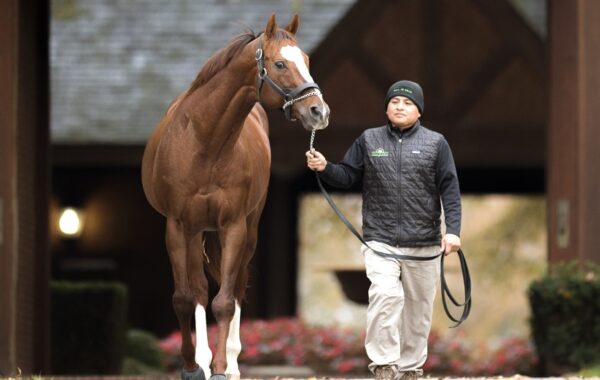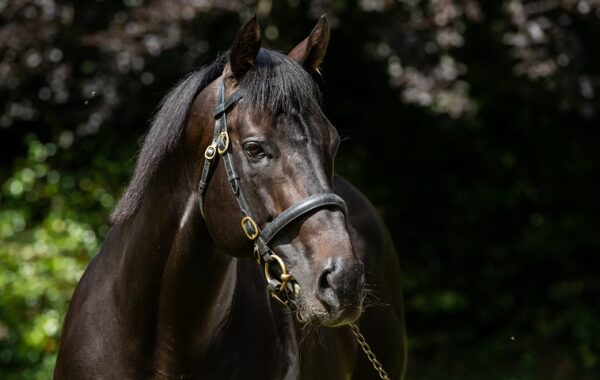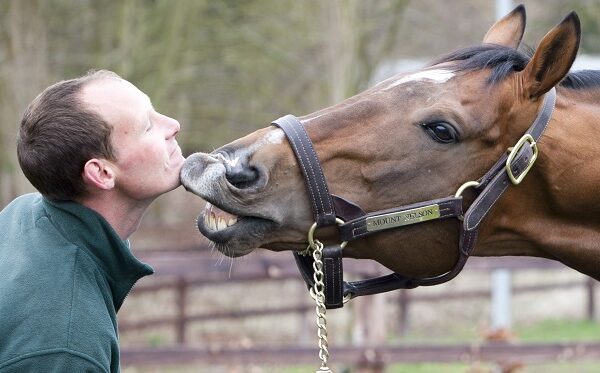As we put the finishing touches to the May issue of Thoroughbred Owner & Breeder, the DBS May Sale was taking place in Doncaster, the horses-in-training section being followed by the first major store sale of the season.
Just as I love both Flat and National Hunt racing (something that purists under either code would probably claim to be impossible), I also enjoy the changing of the sales seasons. Breezes are watched with admiration for the bold riders, particularly for those facing the vast openness of Newmarket Heath on a relatively green two-year-old, and with some trepidation that these precious young horses are fully able to cope with what they are being asked to do.
As discussed last month, there is an increasing importance being attached to the timing of breezes but there’s an interesting dichotomy here when speaking to the trainers at the sales who are about to take these juveniles home. Time and again they will say that they like to give the horses a proper break after the rigours of the sale – a sensible response from those who know only too well that even the most robust of thoroughbreds usually benefit from a stop-start approach to training during the formative months of their careers. Being able to stop the clock at just over 20 seconds for two furlongs in April or May is no guarantee of success farther down the line.
Increasing importance is attached to the timing of breezes but there’s an interesting dichotomy here when speaking to trainers
The term ‘Ready To Run’ is only applied to one European sale, Goffs’ Kempton auction, which is the first in the calendar and actively seeks a more precocious type. The oft-repeated mantra that owners are saving on six months of training fees by buying a breeze-up horse rather than a yearling is true up to a point but the most important long-term factor is knowing that wherever your young racehorse starts out in life he receives the best possible grounding in the hands of skilled horsemen and women.
The top breeze-up operators are successful for a reason, and that’s because their preparation of these youngsters is sympathetic enough to allow the horses to fulfil their potential over a number of years on the track and professional enough to make them attractive sales prospects. It’s a balancing act of equine mind and body.
When it comes to store sales, a different approach, not to mention a bucket of patience, is required. As Carl Evans discovered while on tour with sales inspector Tom Rudd seeking store horses for the forthcoming Derby Sale at Tattersalls Ireland, there’s a fair amount of skill involved in determining which raw, shaggy National Hunt youngster could be the next Champagne Fever.
The virtue of patience
On the Flat as in jumping, greater emphasis is now placed on precocity. While this almost always comes at a premium for the owner, it can also sometimes be to the horse’s cost. Umpteen quotable one-liners have emanated from the lips of Bart Cummings during his many years as a trainer but the one which has always had the greatest resonance for me is his declaration that, “Patience is the cheapest thing in racing and the thing most seldom used.”
Of course nothing that involves a racehorse is ever really cheap, and that includes taking a horse out of training for a while to give him a spell at grass, but so often this is by far the best course of action. If a horse gets to the stage where anti-inflammatories are required, perhaps we should be interpreting what that horse is unable to say for himself: “I need a break”.
The ramifications of the last few weeks of stories about steroids of a more sinister kind than those used to ease inflamed joints are far-reaching and we certainly haven’t heard the last of this subject. But while we point fingers and seek to shift the blame to more permissive regimes in other racing nations, let’s not lose sight of the fact that the world of horseracing does not exist in isolation – it is an important part of a wider sporting environment in which the use of anabolic steroids is almost universally reviled. Certain parties within racing have broken the rules, some unwittingly, but those rules are in place to protect both the sport itself and its principal participants – the horses.
In prohibiting anabolic steroids and other drugs which could potentially be deployed to mask a range of problems while a horse is in training, we are also seeking to protect the future of the thoroughbred. Quite plainly, it generally makes little sense to breed from unsound stock, or from those with other heritable infirmities. There’s no point collectively bemoaning the increasing weakness of the breed if steps aren’t taken to stop the rot.
Every breeder can aid this process in sending tried and tested mares to stallions who have proven themselves on the track over a number of seasons, while the BHA continues to stand firm on Britain’s strict anti-drugs policy.





